- Home
- international
- news
- What life is like on the most densely populated island in the world, where about 500 people live on the length of 2 football fields
What life is like on the most densely populated island in the world, where about 500 people live on the length of 2 football fields
James Pasley

- Santa Cruz del Islote off the coast of Colombia is the most densely populated island in the world.
- Its population grew because of fishing, but that declined due to climate change and unsustainable practices.
Off the northern coast of Colombia in the Gulf of Morrosquillo, there is a small, barren island called Santa Cruz del Islote. It covers about 12,000 square yards — roughly the size of two football fields.
—Global Oneness Project (@goproject) September 21, 2022
You might not know it by looking at it, but it is the most populated island in the world.
Source: Independent
The island was uninhabited until about 150 years ago. It was smaller back then — a remote chunk of rock less than the size of one football field. Fishermen rested on it or took refuge there during storms.
—My Latin Life (@MyLatinLife) October 22, 2022
Sources: New York Times, National Geographic, Independent
Unlike neighboring islands surrounded by mangroves, Santa Cruz del Islote was mosquito free. Soon, people began to move there. They built homes and extended the island using what they foraged from the sea, including shells, sand, tree trunks, and garbage.
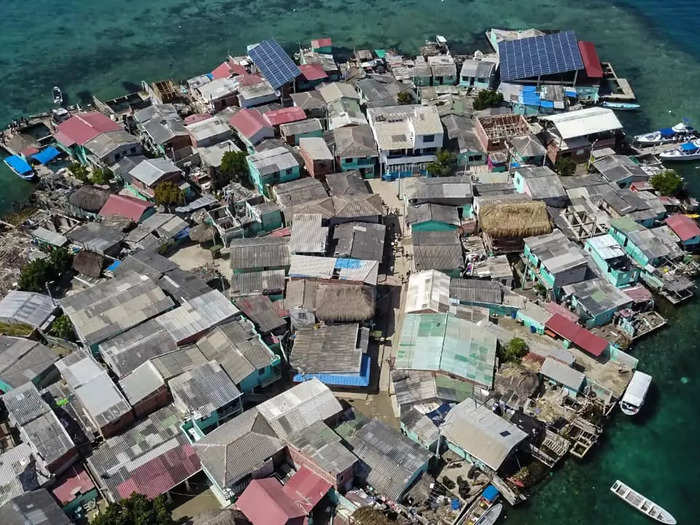
Sources: National Geographic, Independent
As of 2017, the island had 97 houses and 47 permanent families. The population of the island is contested. Some estimates get up to 1,200 people, but more recent estimates state there are about 500 permanent residents on the island.
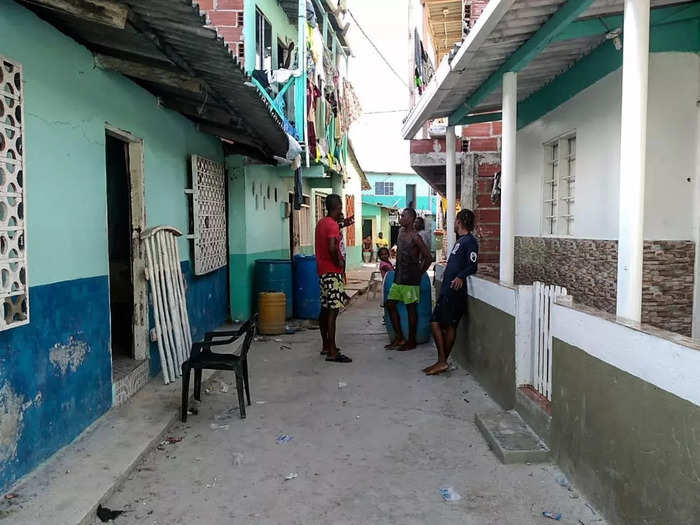
Sources: National Geographic, Independent, Noticias Caracol
Regardless, almost every inch of the island has been built on. Its population is four times as dense as that of Manhattan, New York.
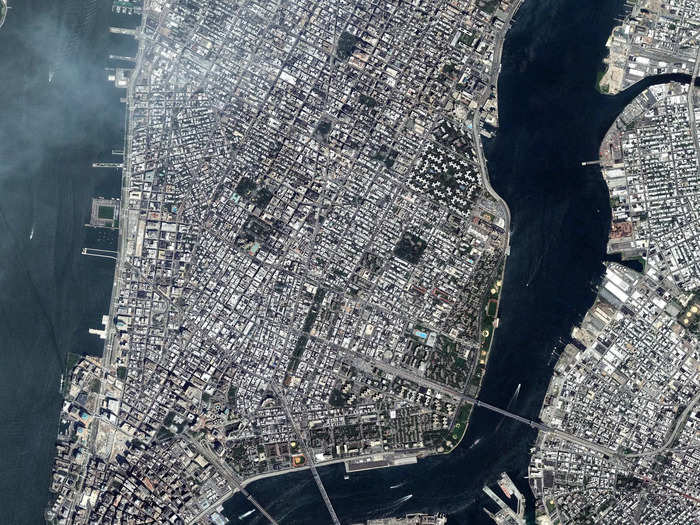
Sources: New York Times, National Geographic
According to a local, people live so close to each other they all dream the same dream.
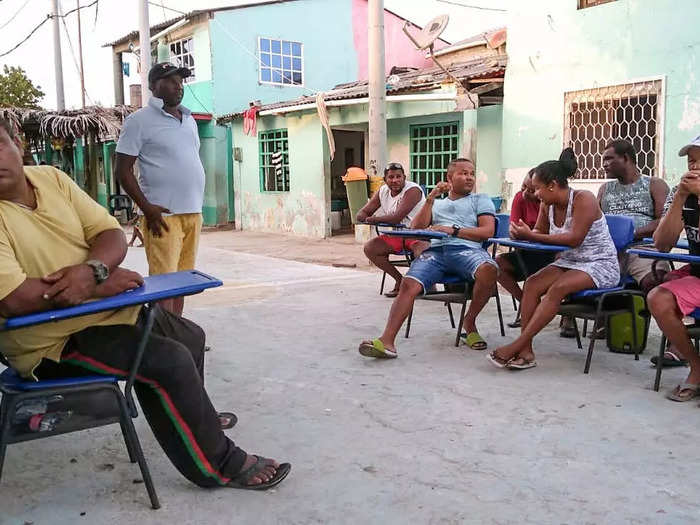
Source: Independent
The island houses a younger demographic — around 65% of the permanent residents are under 18.
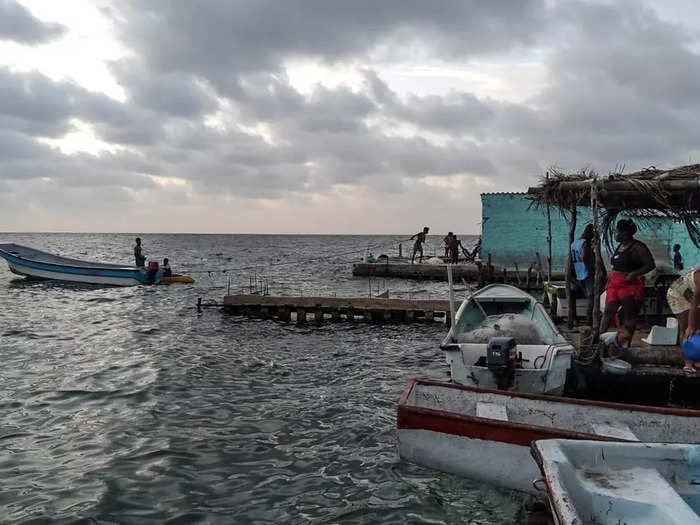
Source: New York Times
Despite its unassuming size, Santa Cruz del Islote is not an easy place to live. The island has no toilets or sewage, and there's nothing to eat except what can be fished. Drinking water, other foods, and other necessities are shipped to the island.
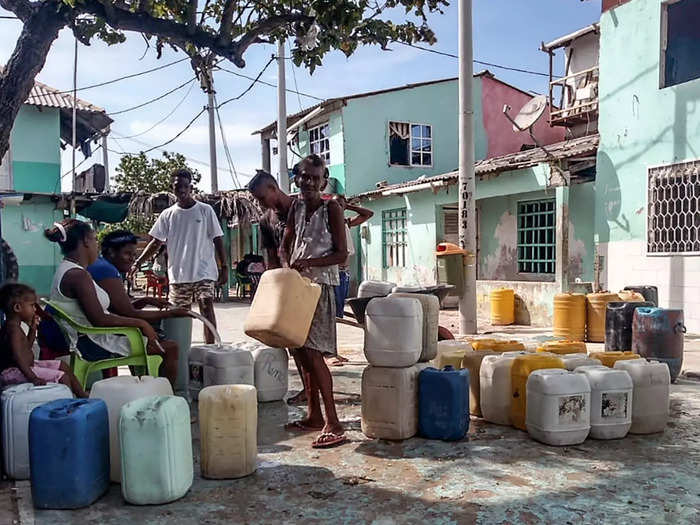
There's also no space to bury the dead, so family members are buried on other islands.
Sources: National Geographic, Independent
Human rights lawyer Fernando Sanchez Jaramillo told the Independent the Cartagena government has been failing the island. The city was meant to deliver water and remove trash once a week, but it often took weeks, even months, for boats to come to the island.

Residents have to rely on rain water for drinking and often take their trash to other islands themselves.
This comes with its own problems, including island residents getting sick.
Source: Independent
As for electricity, locals used to have to rely on a single diesel generator that they could only afford to run in the evenings. The government installed solar panels on the island in 2015.
—AJ Contrast (@AJContrast) December 2, 2018
But this came with its own problems. In a month, locals had bought 20 TVs and other appliances, and residents grew increasingly concerned there wouldn't be enough power for everyone.
Source: Independent
The island has the only school in the region. But the school ends at 10th grade, so anyone who wants further education must leave the island, either as a daily commute or permanently. Many choose to stay and fish instead.
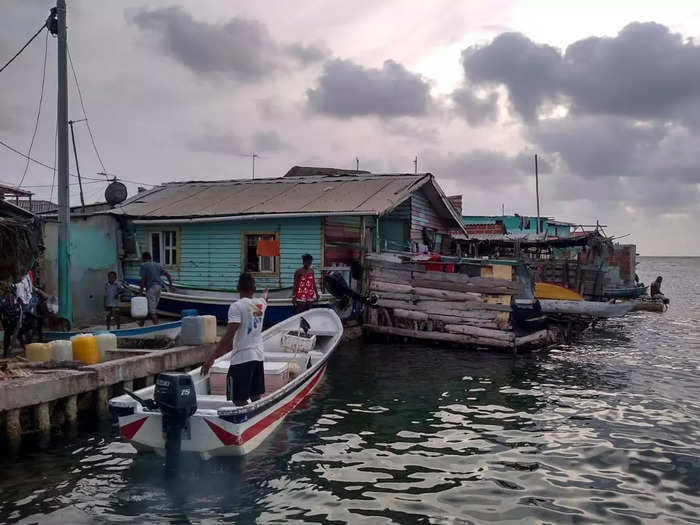
Sources: New York Times, National Geographic
The island has become a destination for tourists. For 5,000 pesos, a tourist can swim with nurse sharks in the island's aquarium. Since there's no space on the island, tourists have to stay on nearby islands.
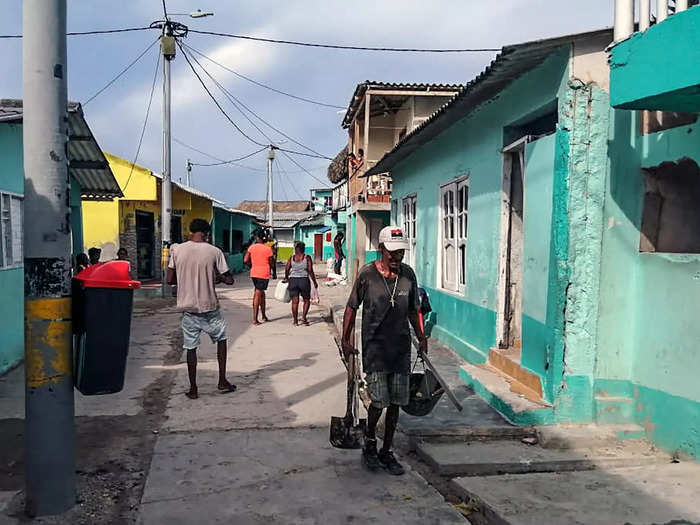
Sources: CNN, New York Times
As for the future, nothing is certain. Fishing was the reason it grew in the first place, but the fisheries are declining due to climate change and unsustainable fishing practices.
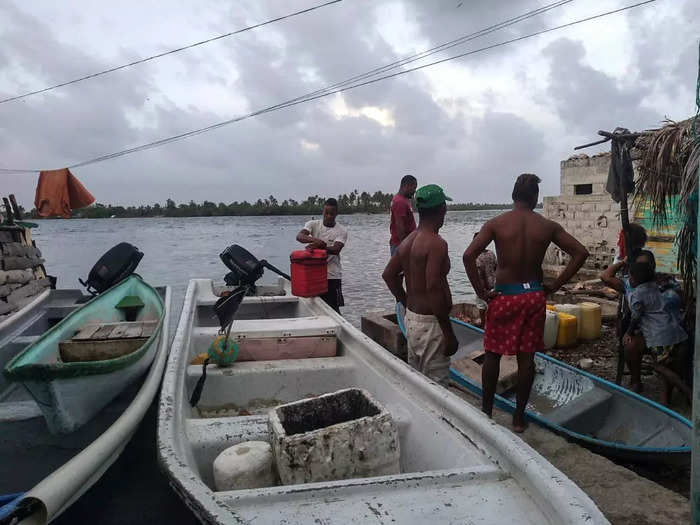
Climate change and unsustainable practices, including fishing with dynamite, have destroyed local coral reefs.
Days now go by before fishermen have any success.
A local fisherman named Blas Enrique Mesa Medrano also told Medium the number of fishermen had grown massively.
"In the 70s there used to be 60 fishermen, now there are 180 — and 600 come from elsewhere — so we're finishing off what the park has provided for us," he said.
Sources: Independent, Medium
The inhabitants also have no rights over the island. According to Jaramillo, there are groups who would like the island to be disbanded, including the Cartagena government and wealthy citizens who live nearby who dislike the island.

They see it as a "favela in the sea," referring to the Brazilian term for a slum or working class neighborhood.
Source: Independent
But the island has its supporters, too. Anthropologist Lavinia Fiori told the Independent she wants to help the island by creating new forms of income, such as adding restaurants for tourists over the water and investing in better fishing technology, as well as making space to grow fruit and vegetables.
—ColombiaCalling (@ColombiaCalling) November 14, 2022
"It's a very rich community, culturally and historically," she said. "They are sea people. They are the very few Colombian sea people that we have."
She added: "They should be allowed to continue to live in the sea."
Source: Independent
Popular Right Now
Popular Keywords
Advertisement